A quick charge 48V ebike typically recharges fully within 1.5 to 4 hours, depending on the battery capacity and charger amperage. Using a high-output charger (4A or above) drastically reduces charging time compared to standard chargers, enabling riders to get back on the road faster without compromising battery health.
What Factors Influence the Charging Speed of a Quick Charge 48V Ebike?
Charging speed depends primarily on three factors: battery capacity (measured in amp-hours, Ah), charger output current (amps, A), and the battery’s initial charge level. Larger batteries like 15Ah take longer to charge than smaller ones like 10Ah. Chargers with higher amperage (4A or more) cut charging times roughly in half compared to 2A chargers. Additionally, batteries partially charged require less time than fully depleted ones.
Chart: Charging Times by Battery Capacity and Charger Output
| Battery Capacity |
Charger Output |
Approximate Charge Time |
| 10Ah |
2A |
5-6 hours |
| 10Ah |
4A |
2.5-3 hours |
| 15Ah |
2A |
7-8 hours |
| 15Ah |
4A |
3.5-4 hours |
| 15Ah |
6A (Fast Charge) |
1.5-2.5 hours |
How Does Charger Output Affect the Quick Charge 48V Ebike Recharge Time?
Higher charger output currents deliver more electrical power to the battery, significantly speeding up recharge times. For example, a 48V 15Ah battery charged with a 2A charger takes about 7-8 hours, while a 4A charger cuts this to 3.5-4 hours. Advanced fast chargers delivering 6A or more can reduce charging time to as little as 1.5-2.5 hours. However, frequent use of very high amperage chargers may generate heat that could affect battery longevity if not properly managed.
Which Battery Capacities Are Common in Quick Charge 48V Ebikes?
Quick charge 48V ebikes commonly feature batteries ranging from 10Ah to 15Ah, with some extending to 20Ah for ultra-long range. The 15Ah battery is popular for balancing range and weight, offering 50-65 miles per charge. Larger capacities naturally require longer charging times but provide extended riding distances, making them suitable for commuters and adventure riders alike.
Why Is Battery Management Important During Quick Charging?
Battery Management Systems (BMS) are critical in quick charge 48V ebikes to regulate voltage, current, and temperature during charging. The BMS prevents overcharging and overheating, ensuring safety and preserving battery health. It may also adjust charging speed dynamically, slowing current as the battery nears full capacity to avoid damage. This intelligent management allows for faster charging without compromising battery lifespan.
How Does TST EBike Support Quick Charging in Their 48V Models?
TST EBike incorporates high-quality 48V 15Ah batteries paired with smart chargers capable of 4A or higher output, enabling quick recharge times between 3.5 to 4 hours. Their ebikes feature robust BMS technology and IPX6 waterproof ratings, ensuring safe and efficient charging under various conditions. With models available in 26-inch and 27-inch tires, TST EBike balances fast charging with durability and performance for daily commuting and off-road use.
Buying Tips
When buying a quick charge 48V ebike, consider these essentials:
- Verify the battery capacity and charger amperage to estimate realistic charging times.
-
Choose ebikes with built-in Battery Management Systems for safe fast charging.
- Look for chargers rated at 4A or higher for efficient quick charging.
- Ensure the battery and charger are compatible and come from reputable manufacturers.
- Consider waterproof and durable designs for charging in varied environments.
- Test charging speed and battery performance if possible before purchase.
These tips help ensure you select a quick charge 48V ebike that fits your riding needs and charging expectations.
TST EBike Expert Views
“TST EBike’s 48V models are engineered for rapid recharge without sacrificing battery health. Our 15Ah batteries paired with smart 4A chargers deliver quick charging times around 3.5 to 4 hours, supported by advanced Battery Management Systems. This allows riders to spend less time waiting and more time riding, whether on urban roads or rugged trails.” – TST EBike Product Specialist
FAQ
How long does it take to fully charge a 48V 15Ah ebike battery?
With a 4A charger, it typically takes 3.5 to 4 hours to fully recharge a 48V 15Ah battery.
Can I use a fast charger to reduce charging time?
Yes, chargers with 6A or higher output can reduce charging to as little as 1.5-2.5 hours, but frequent use may impact battery lifespan.
Does quick charging damage the battery?
Modern ebikes have Battery Management Systems that prevent damage by regulating charging speed and temperature.
Is it safe to leave my ebike plugged in overnight?
Most batteries stop charging automatically when full, but it’s best to follow manufacturer guidelines to avoid overcharging.
How long does it take to charge a 48V eBike battery?
Charging a 48V eBike battery typically takes 1.5 to 4 hours with a high-output charger (4A or above). Smaller capacity batteries (10Ah) charge faster (around 2-3 hours), while larger ones (15Ah or more) may take up to 4 hours or more. Charger amperage and battery condition greatly influence charging time, as seen in TST EBike models.
How fast can you charge a 48V battery?
A 48V battery can be charged faster using a high-amperage charger (4A to 6A or more), reducing charging time to about 1.5–3 hours for typical 10-15Ah batteries. Standard lower-amperage chargers (2A) usually require 5 to 8 hours. Fast charging should be done carefully to maintain battery health.
How fast will a 48V eBike go?
A 48V eBike generally reaches speeds between 20 to 28 mph (32 to 45 km/h), depending on motor power, rider weight, terrain, and assist level. Some optimized e-bikes, like TST EBike models with well-matched motors, can hit top speeds closer to 30-35 mph.
How can I make my 48V e-bike faster?
To make a 48V e-bike faster, you can upgrade the motor controller for higher current, reduce weight, increase tire pressure, or adjust the gear ratio to higher speeds. However, any modifications should consider safety, legal limits, and battery capacity to avoid damage, as with TST EBike upgrades.
Quick charge 48V ebikes offer the convenience of significantly reduced recharge times, typically between 1.5 and 4 hours depending on battery size and charger output. With proper battery management and quality chargers, riders can enjoy fast, safe, and efficient charging that keeps them on the move.
How long does it take to fully charge a 48V eBike battery?
A 48V eBike battery typically recharges in 1.5 to 4 hours using a fast charger, depending on battery capacity and charger amperage. Larger batteries may take longer, especially in the final 10–20% of charging, while quick chargers can speed up the process for efficient top-ups.
Does charger amperage affect charging speed?
Yes. Higher-amperage chargers reduce charging time significantly. For example, a 4A charger can charge a 15Ah battery in roughly 3.5–4 hours, while a 2A charger may take 7–8 hours. Fast chargers are most effective during the initial 80% of battery capacity.
How does battery capacity influence recharge time?
Larger batteries take longer to charge. A 10Ah 48V battery may recharge in 2–3 hours with a 4A charger, while a 20Ah battery could require 4 hours or more. The higher the capacity, the longer it takes to reach full charge, especially during the final charging stage.
Can quick charging damage a 48V eBike battery?
Modern 48V eBike batteries feature smart charging systems that prevent overcharging. Quick chargers deliver controlled current to maintain battery health. While rapid charging is safe, prolonged use of high-amperage charging may slightly accelerate cell wear over time.
What is the typical charging time for a 48V 13Ah battery?
Using a 4A charger, a 48V 13Ah battery generally charges fully in about 3–3.5 hours. If using a 2A charger, it can take 6–7 hours. Fast chargers accelerate the initial 80% of charging, while the last 10–20% slows to protect battery longevity.
How can riders reduce charging time effectively?
To reduce charging time, use a higher-amperage charger compatible with your battery, avoid deep discharges, and charge when the battery is partially depleted. Quick charging up to 80% is typically sufficient for daily riding, and using TST EBike smart chargers ensures fast, safe recharge cycles without compromising battery life.

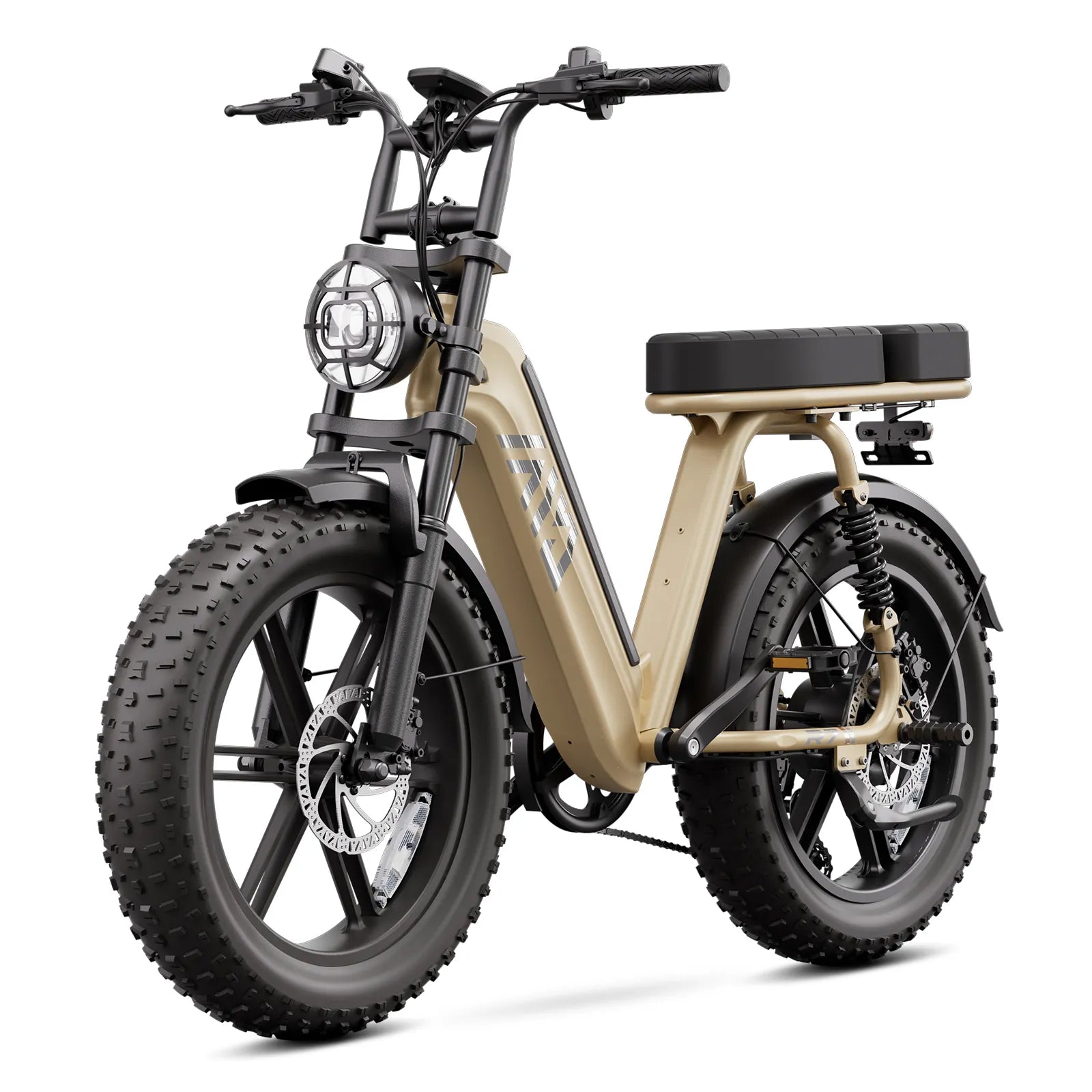
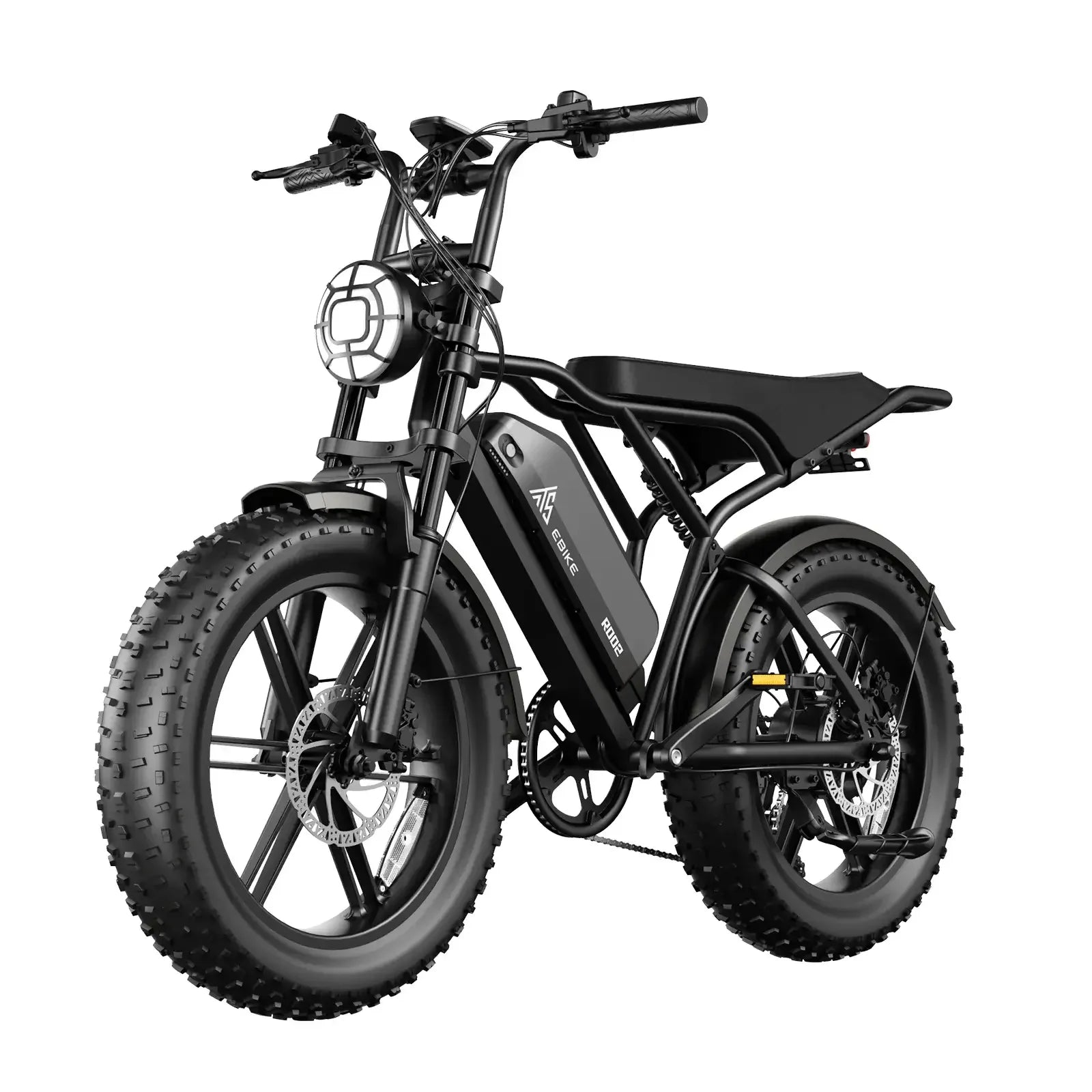

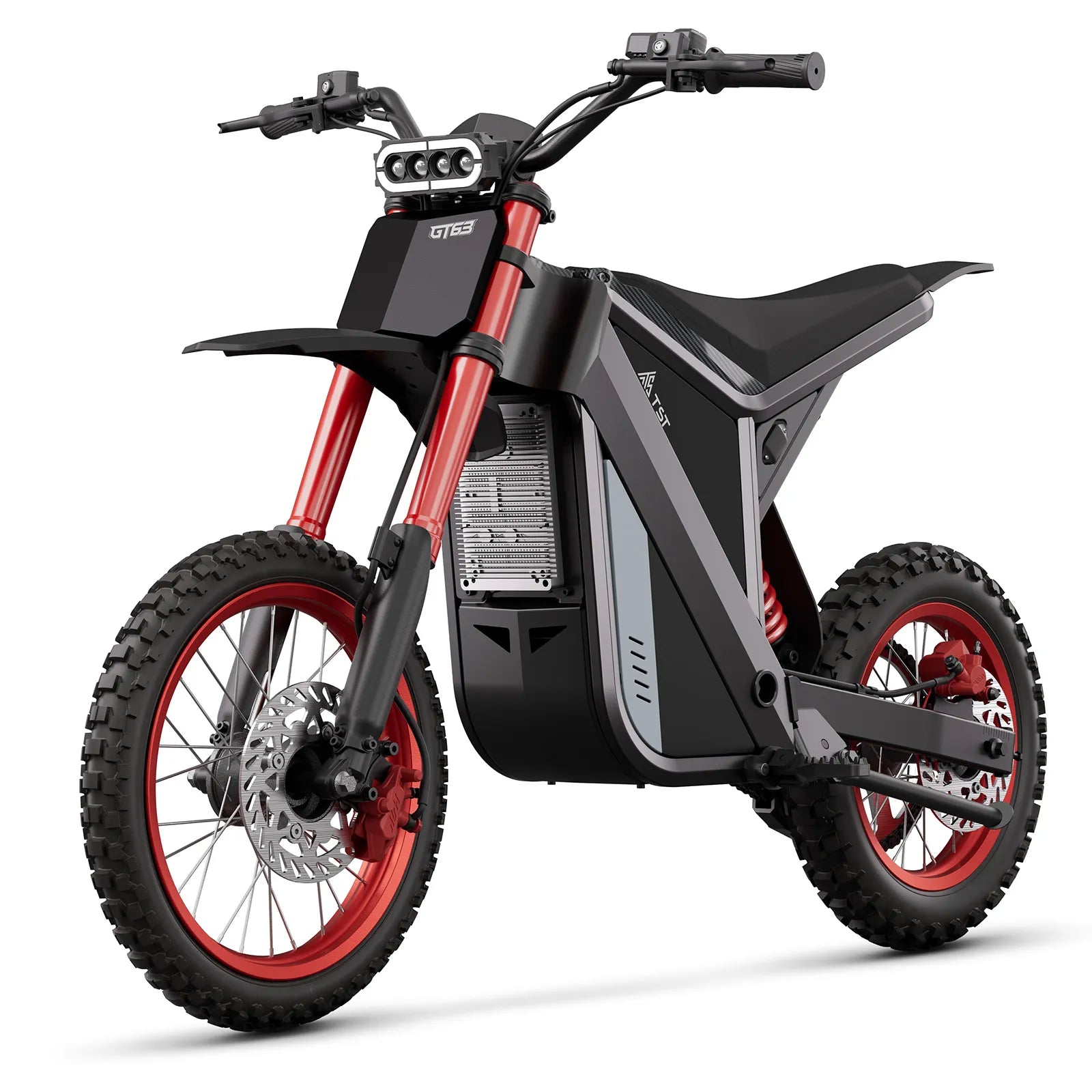
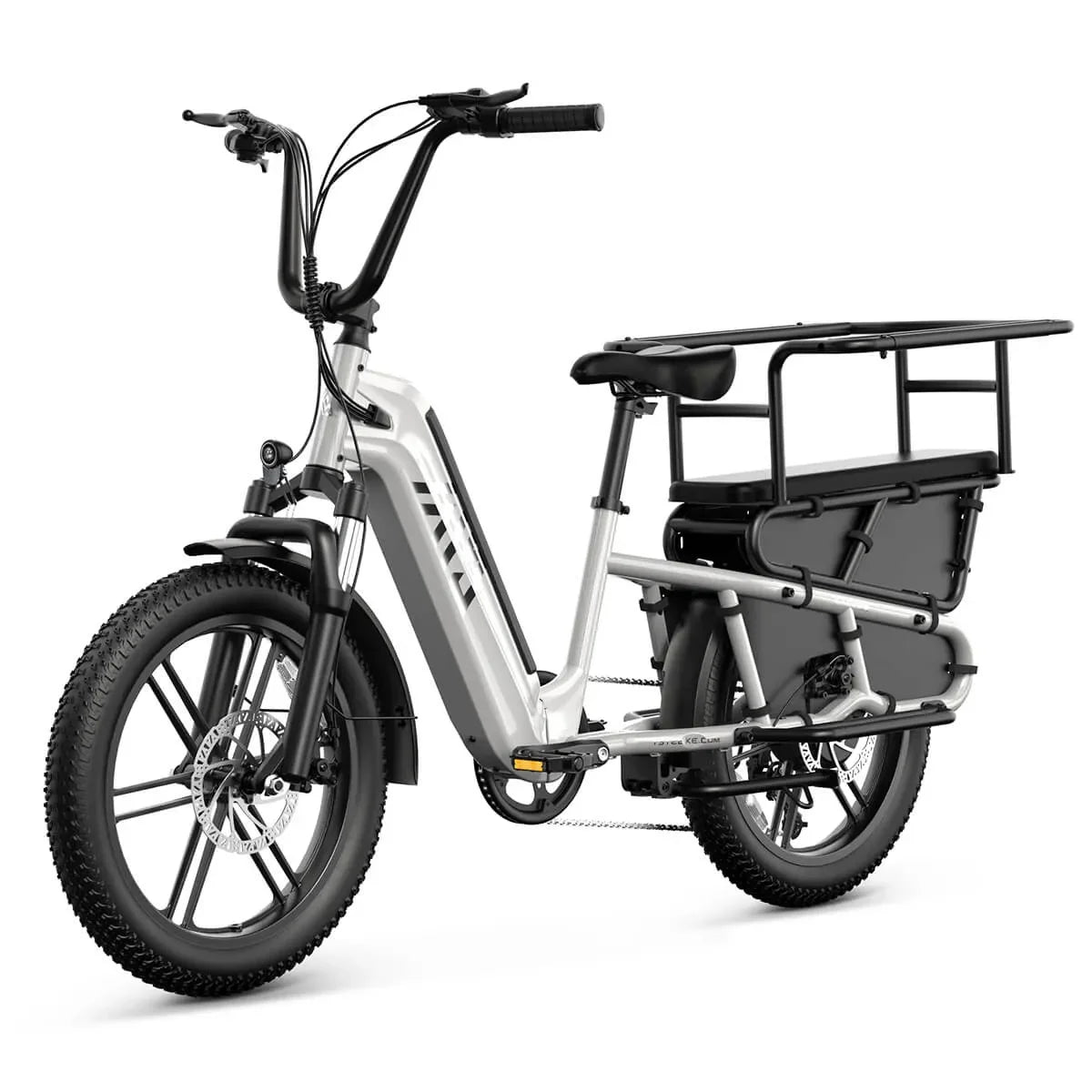
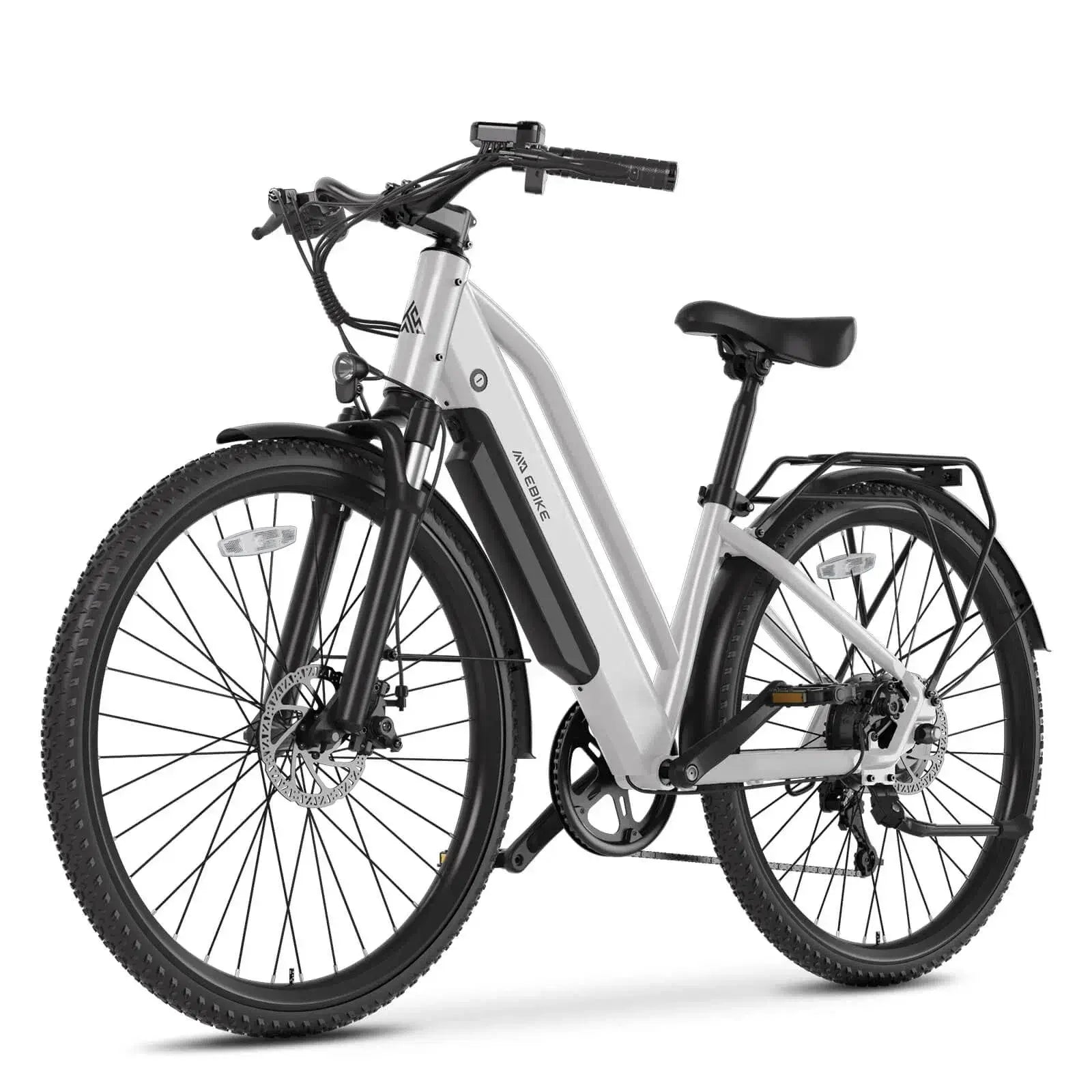
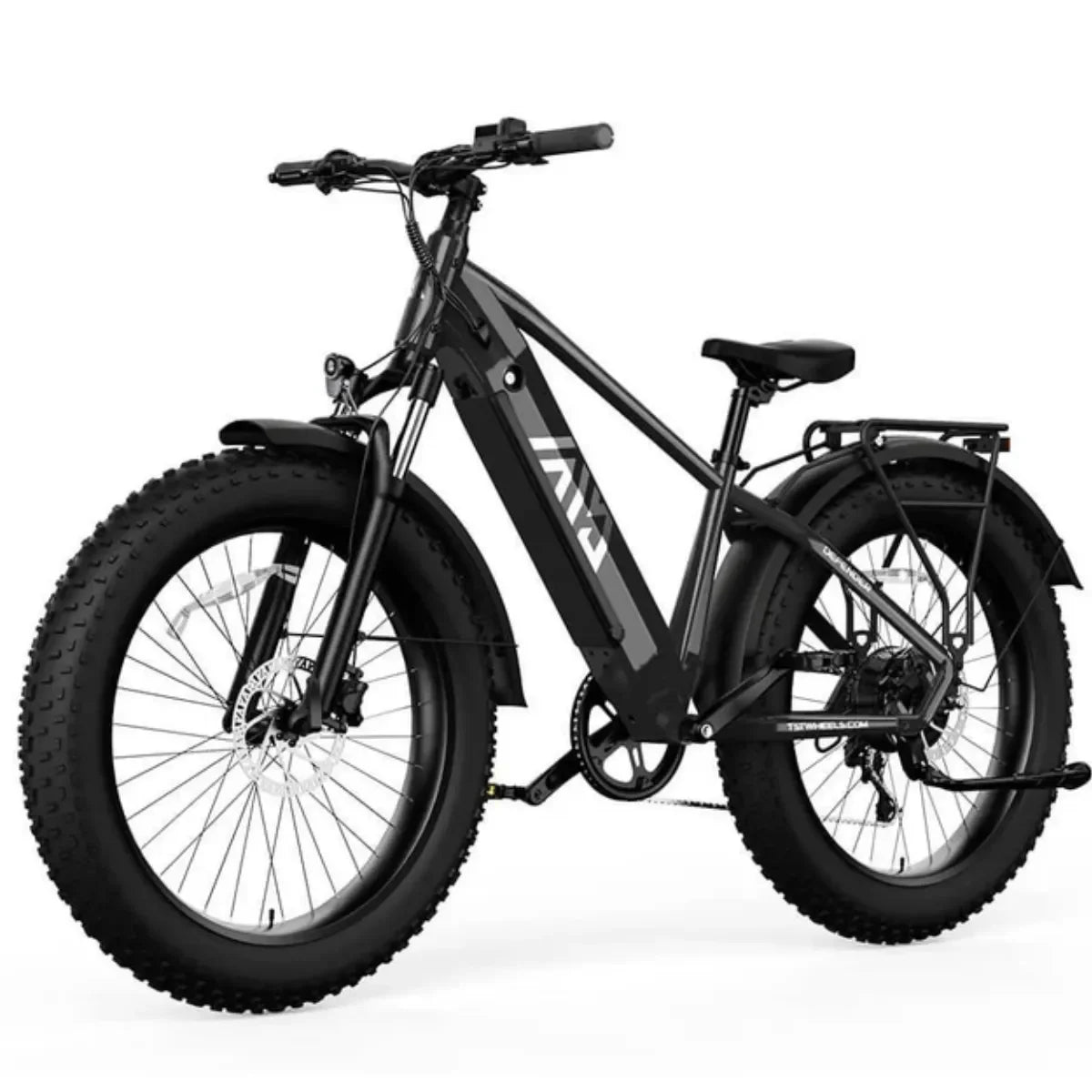
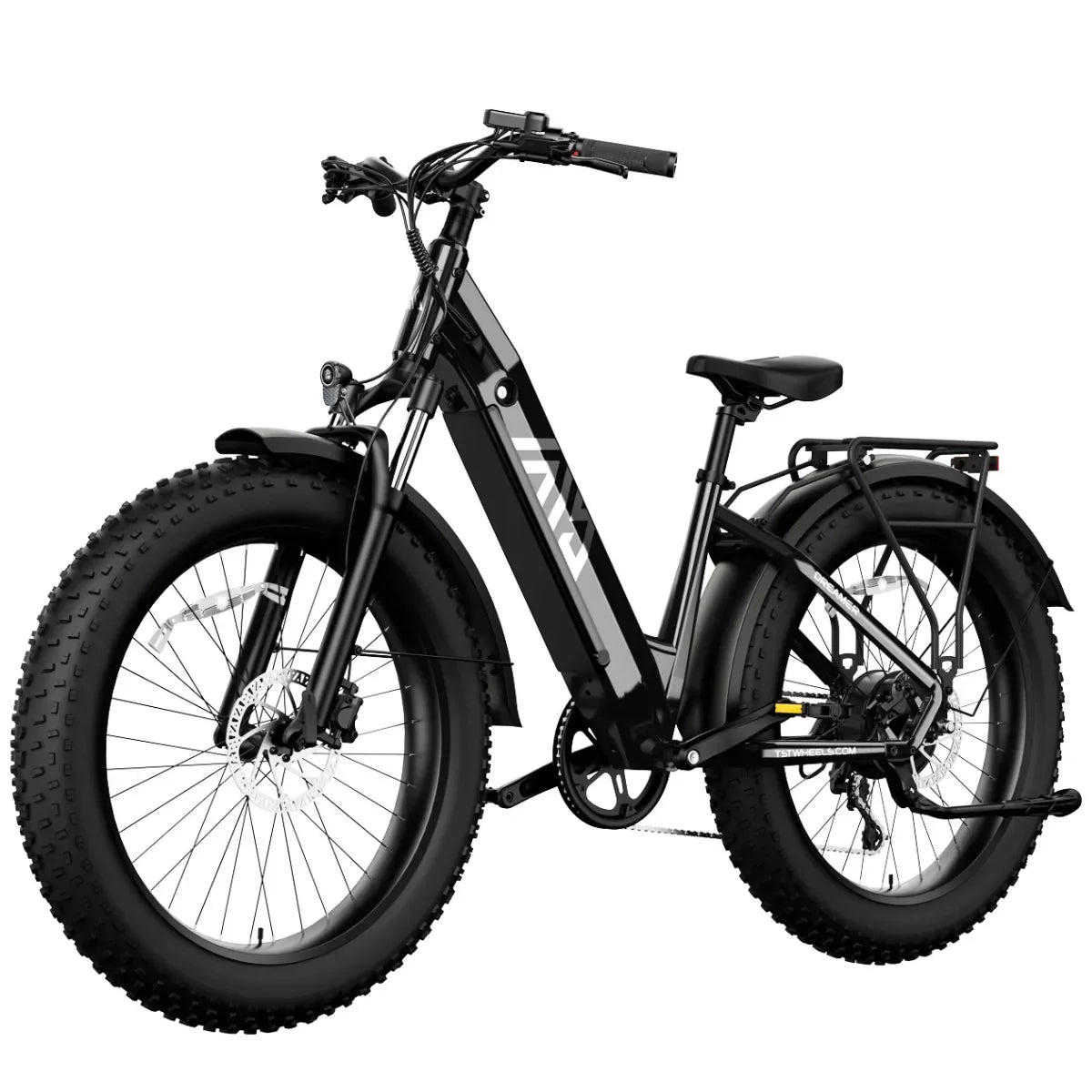

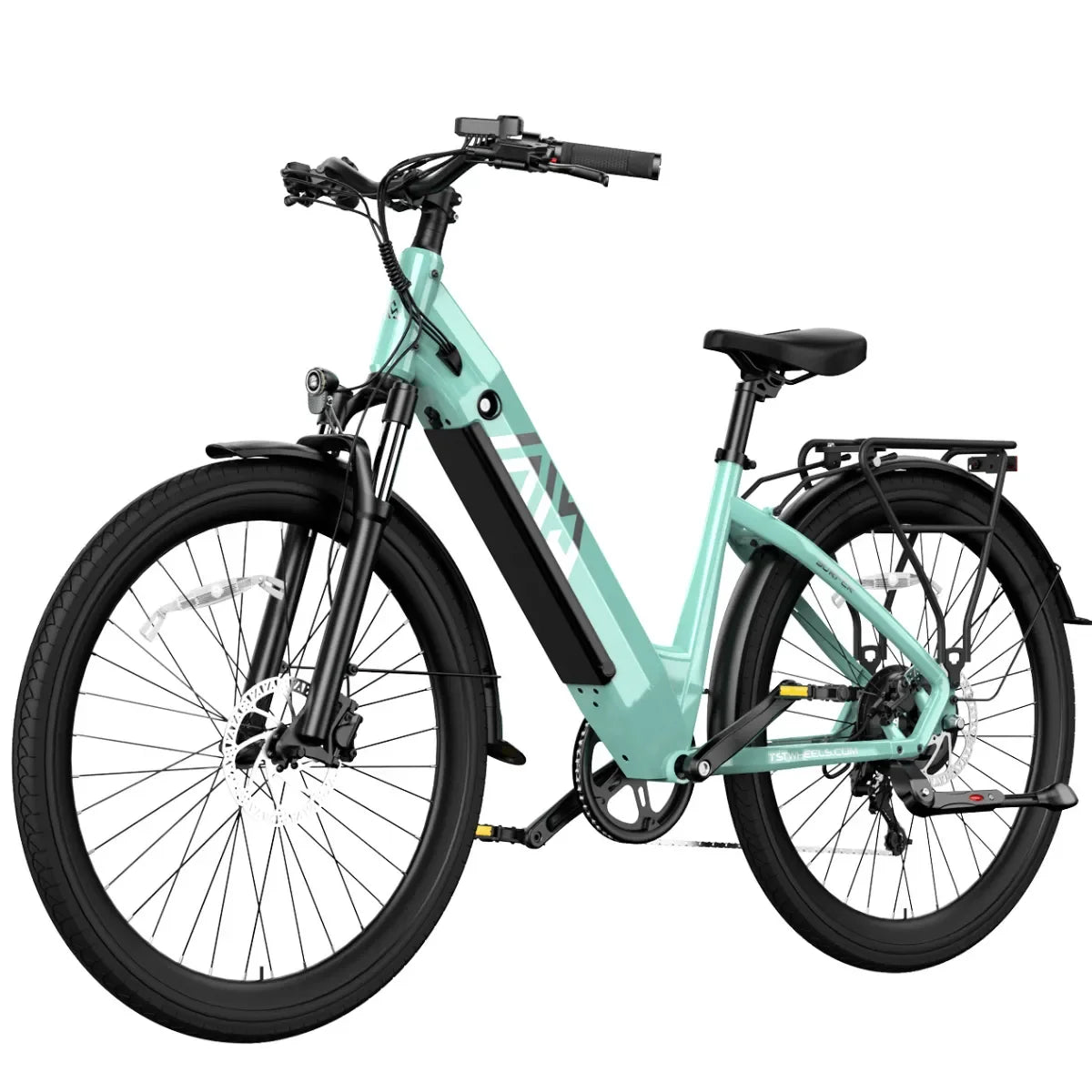
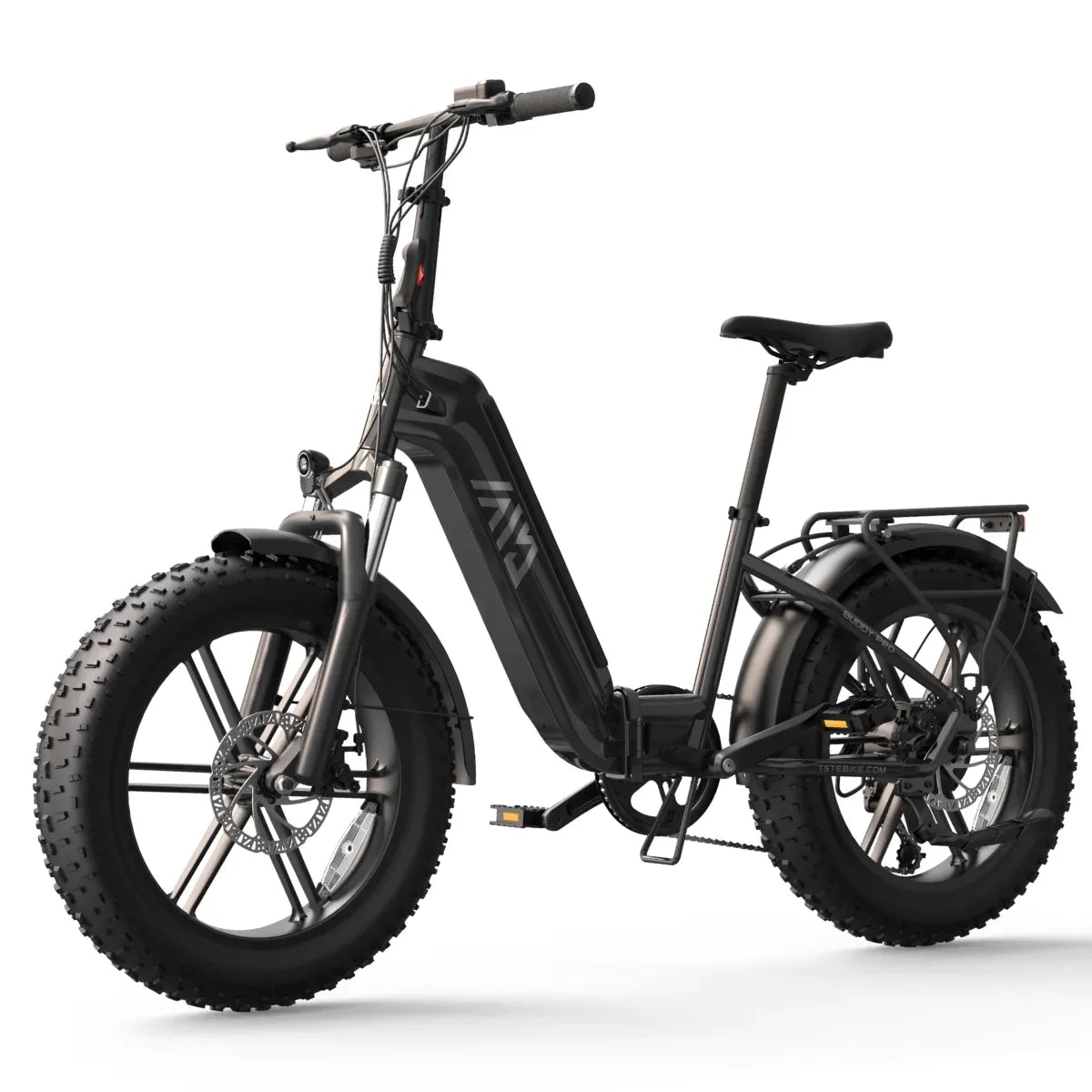
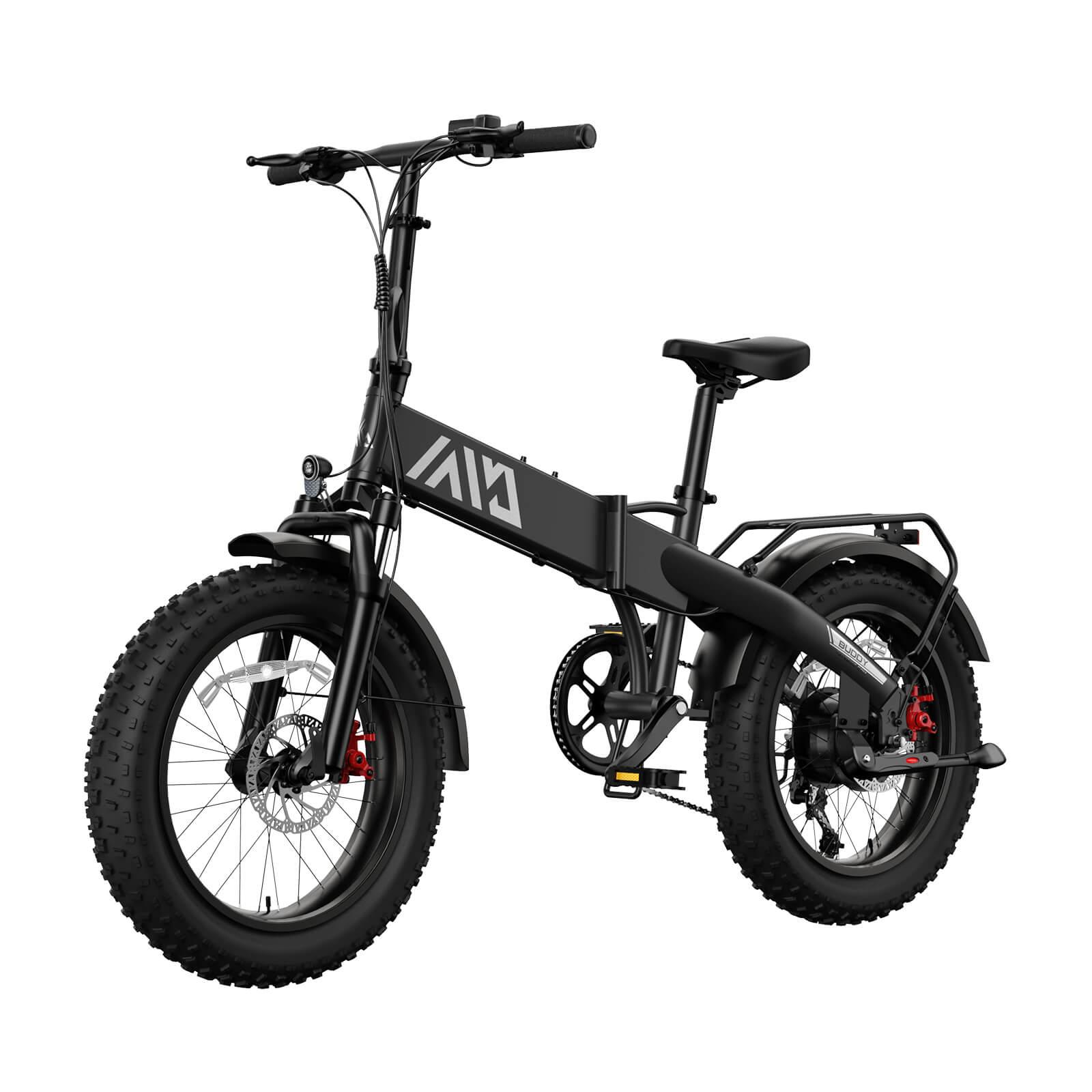
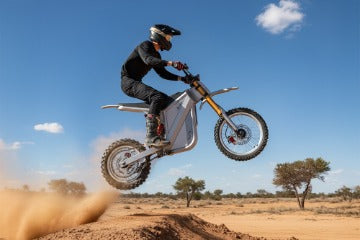
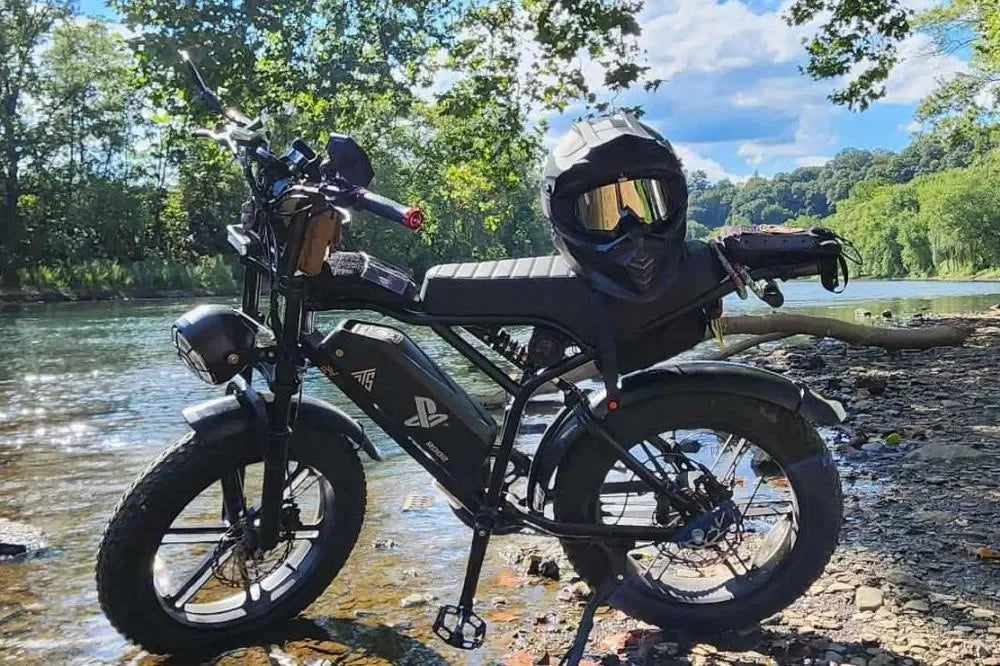
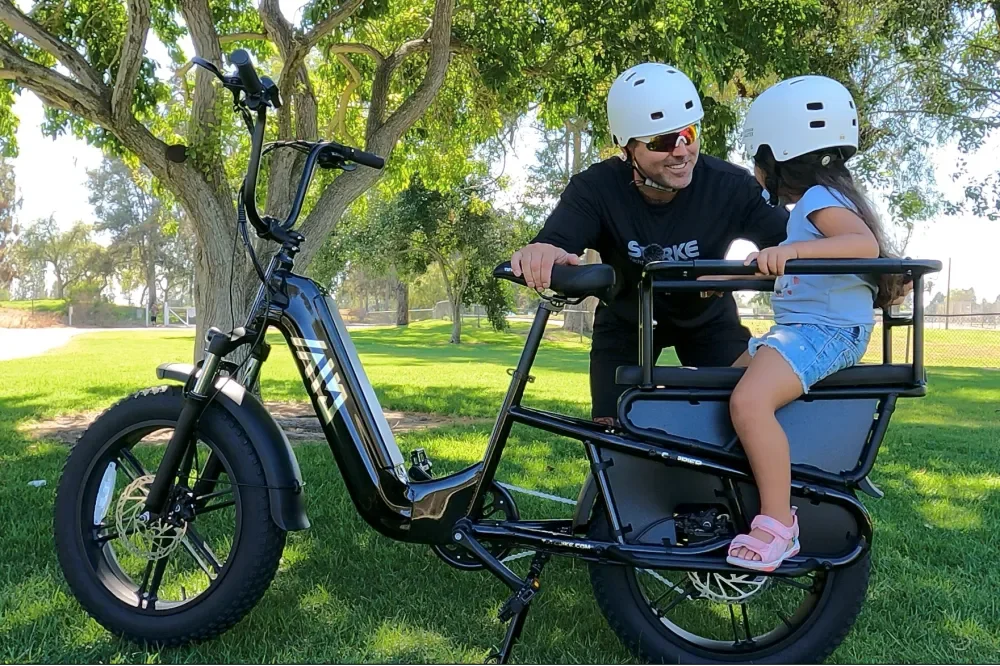
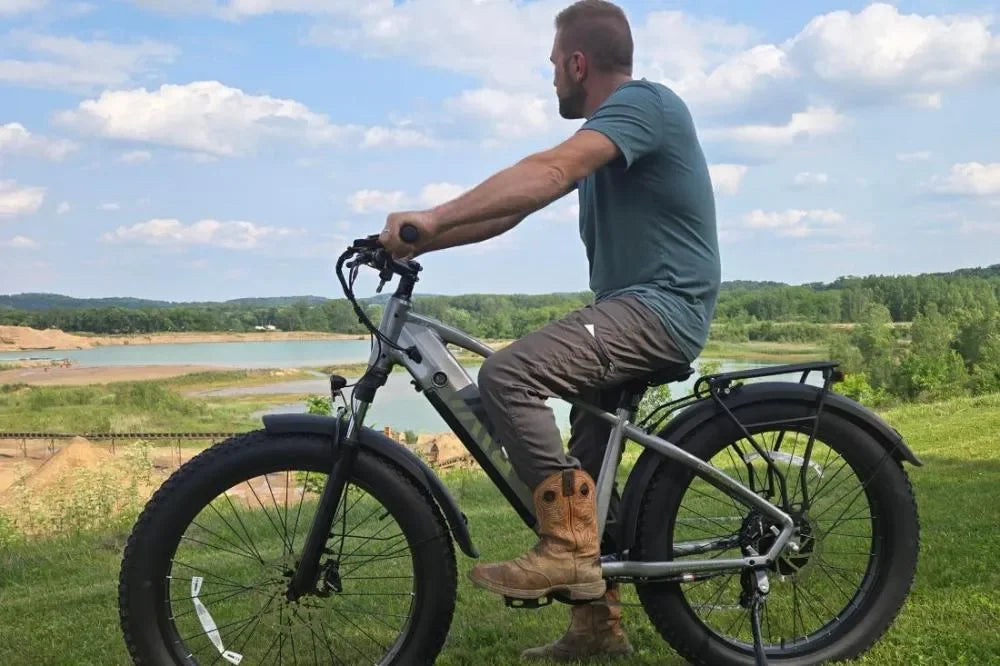
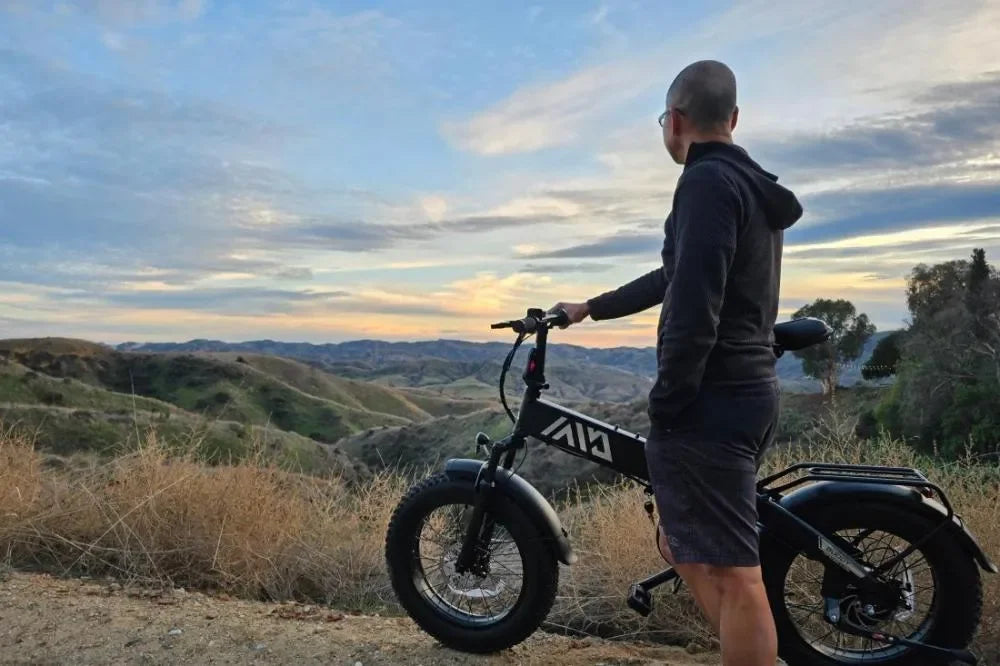
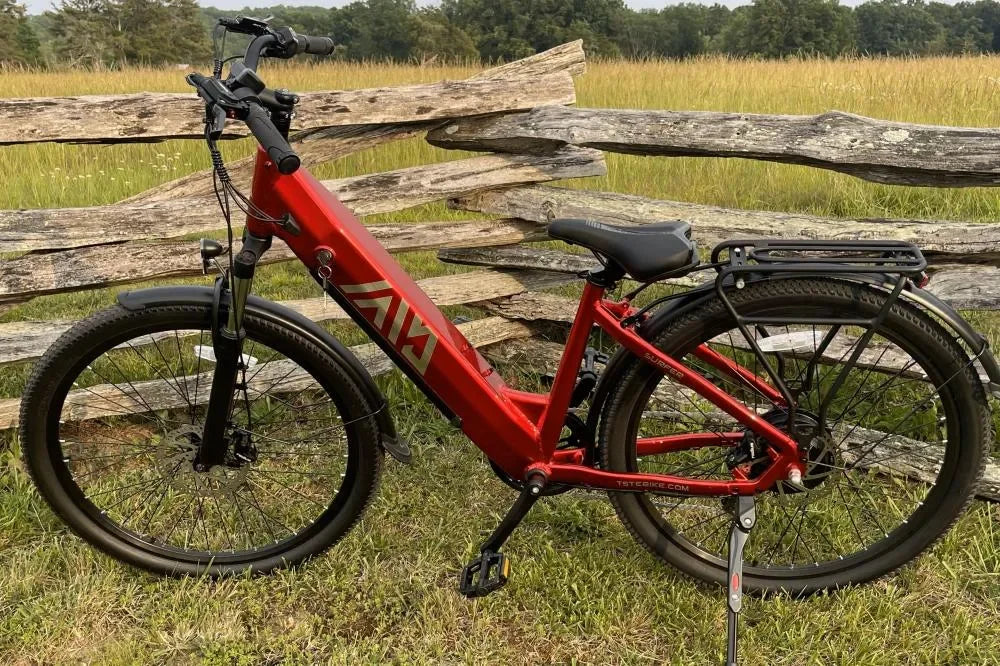
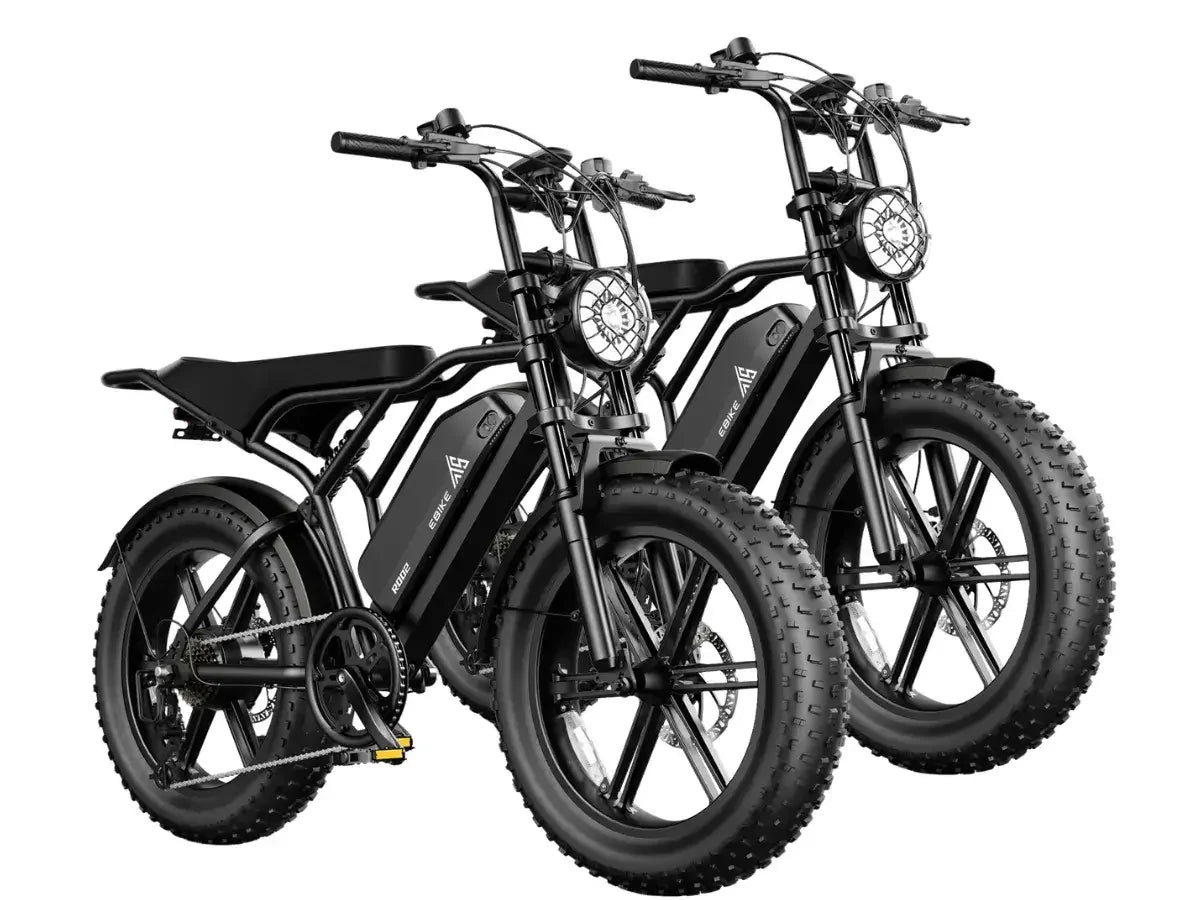
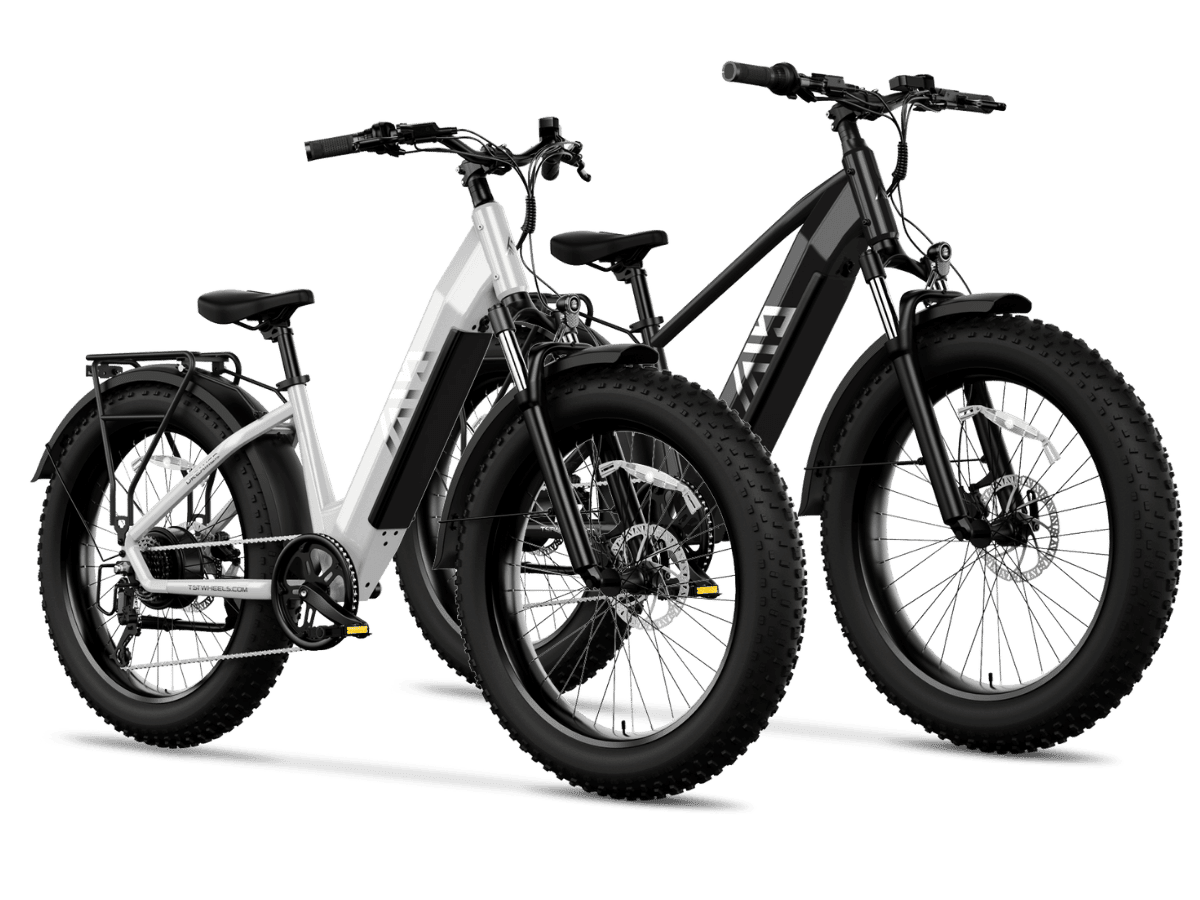
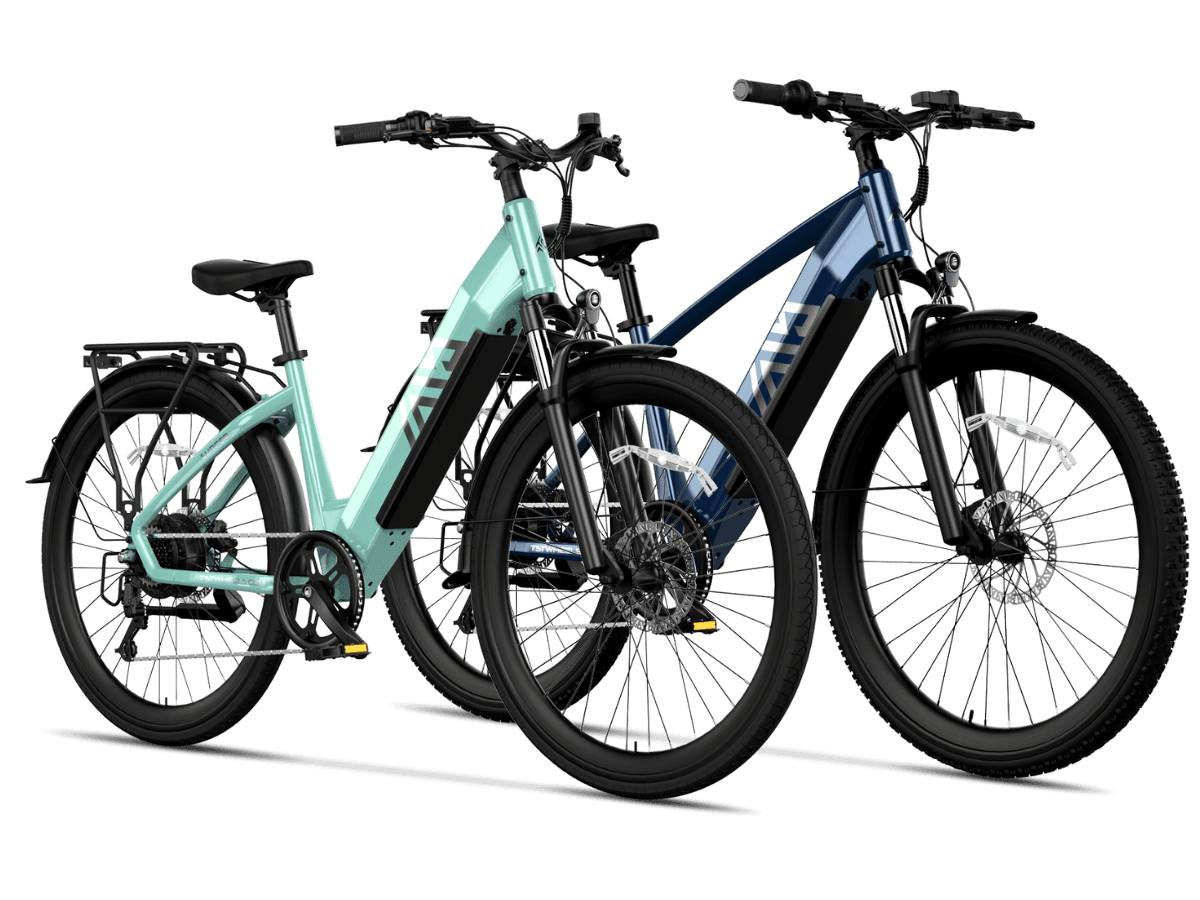
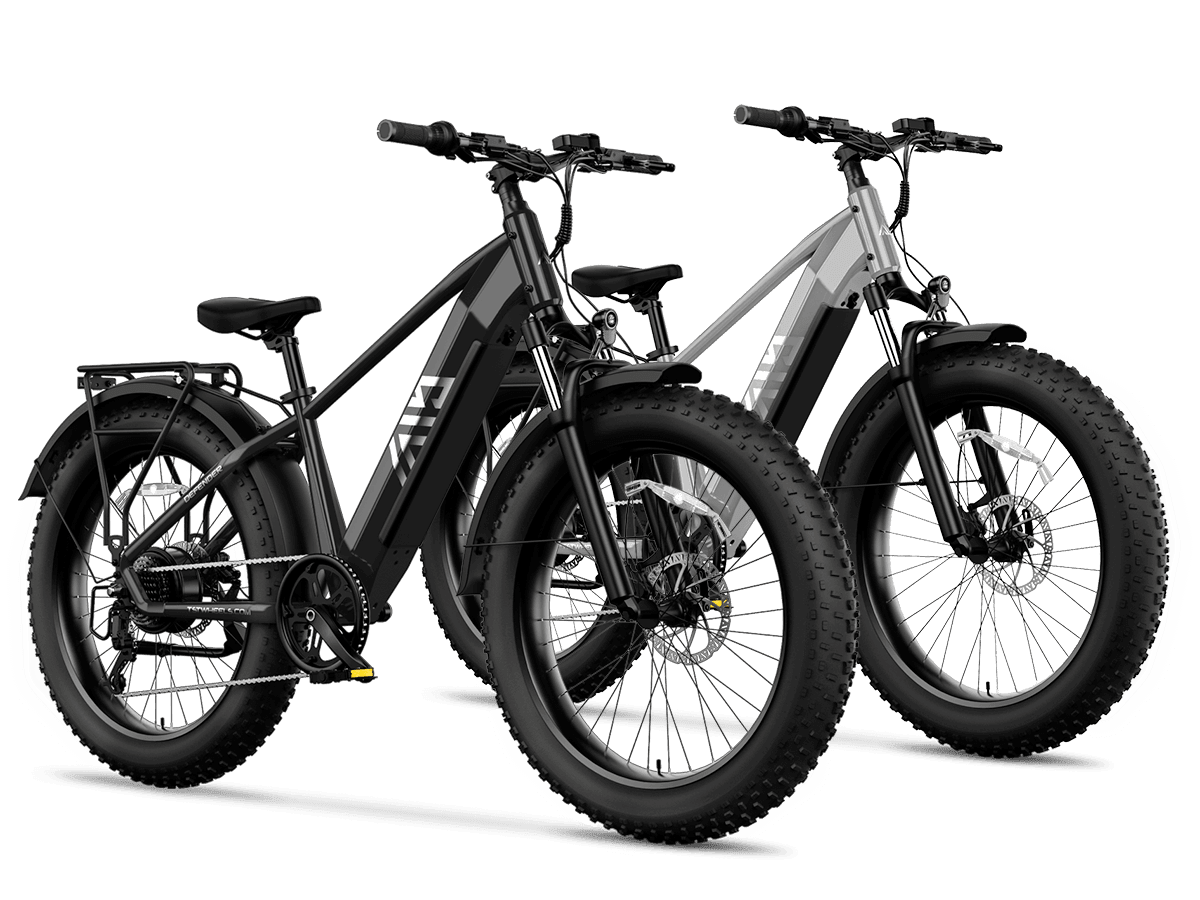
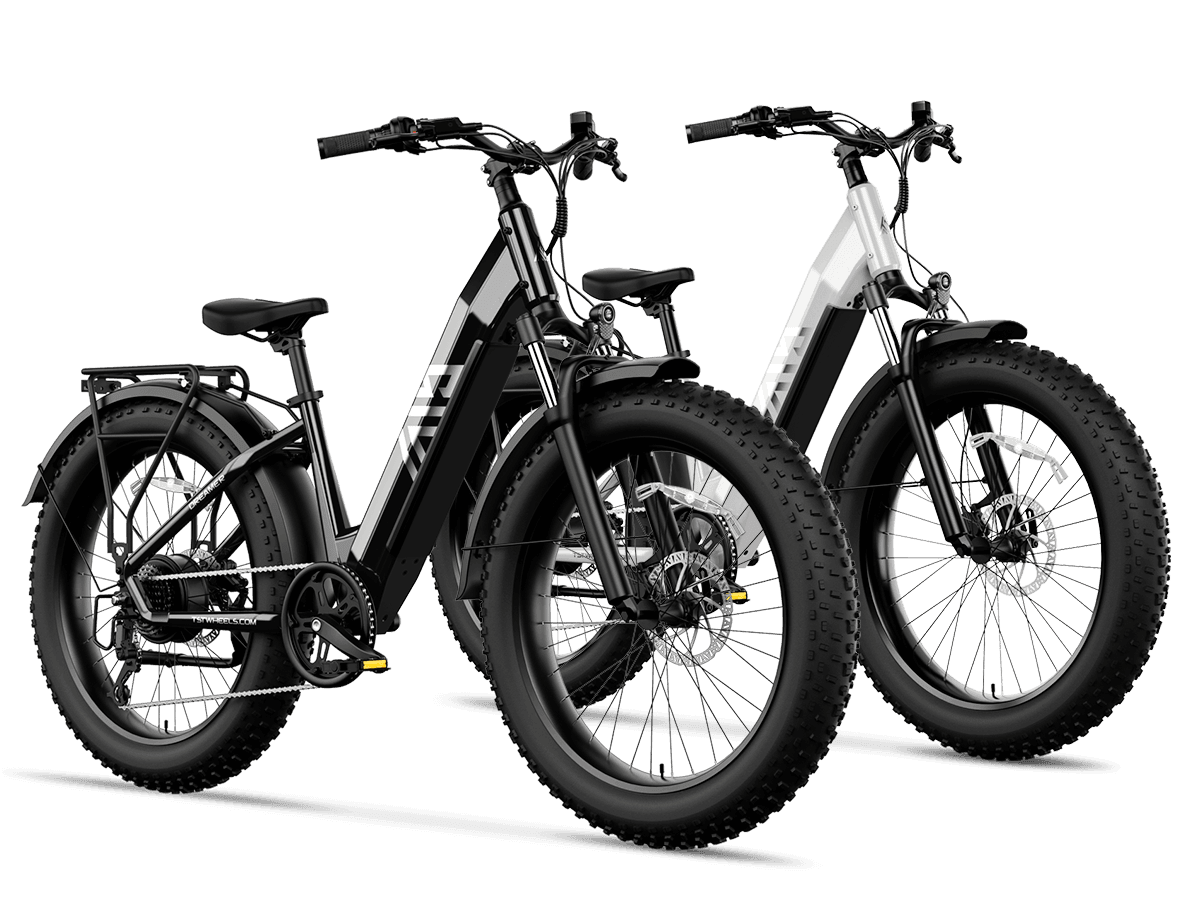
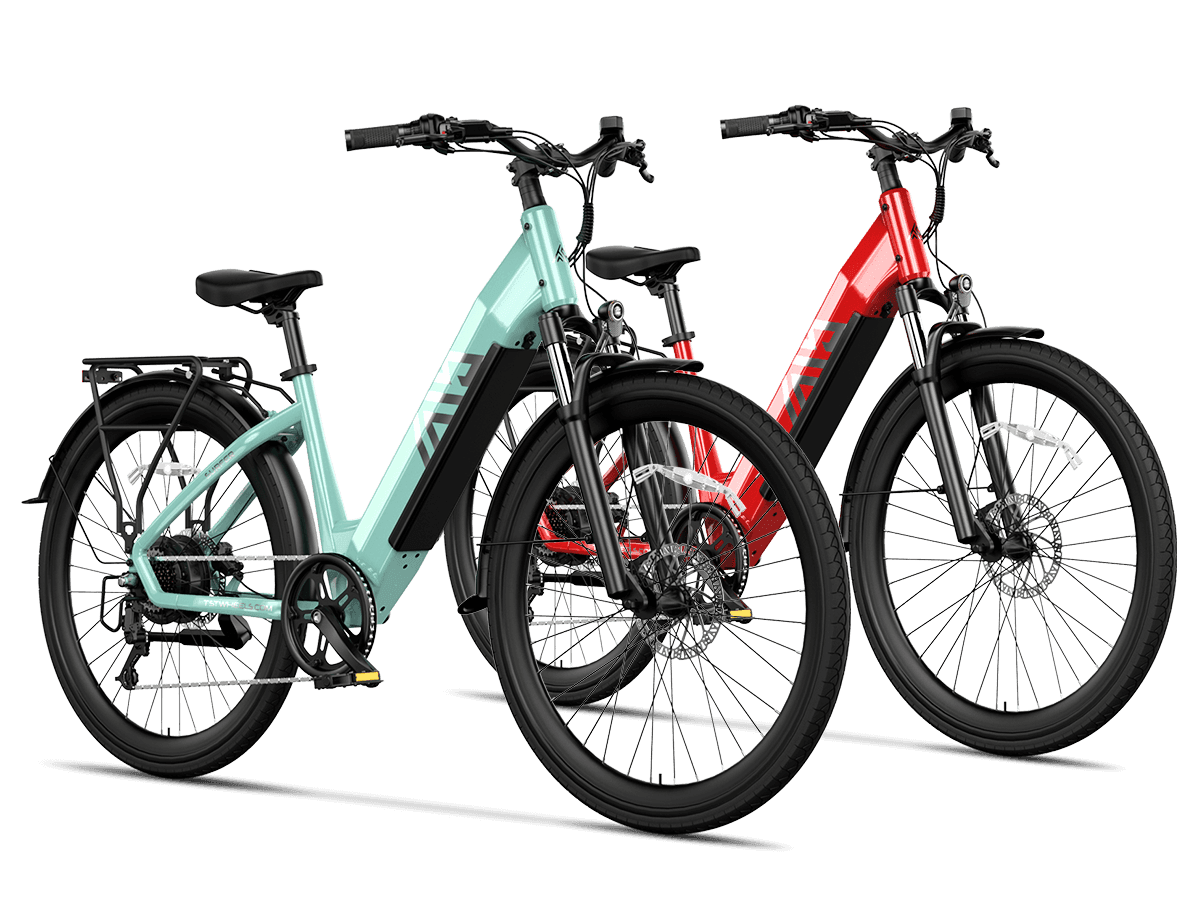
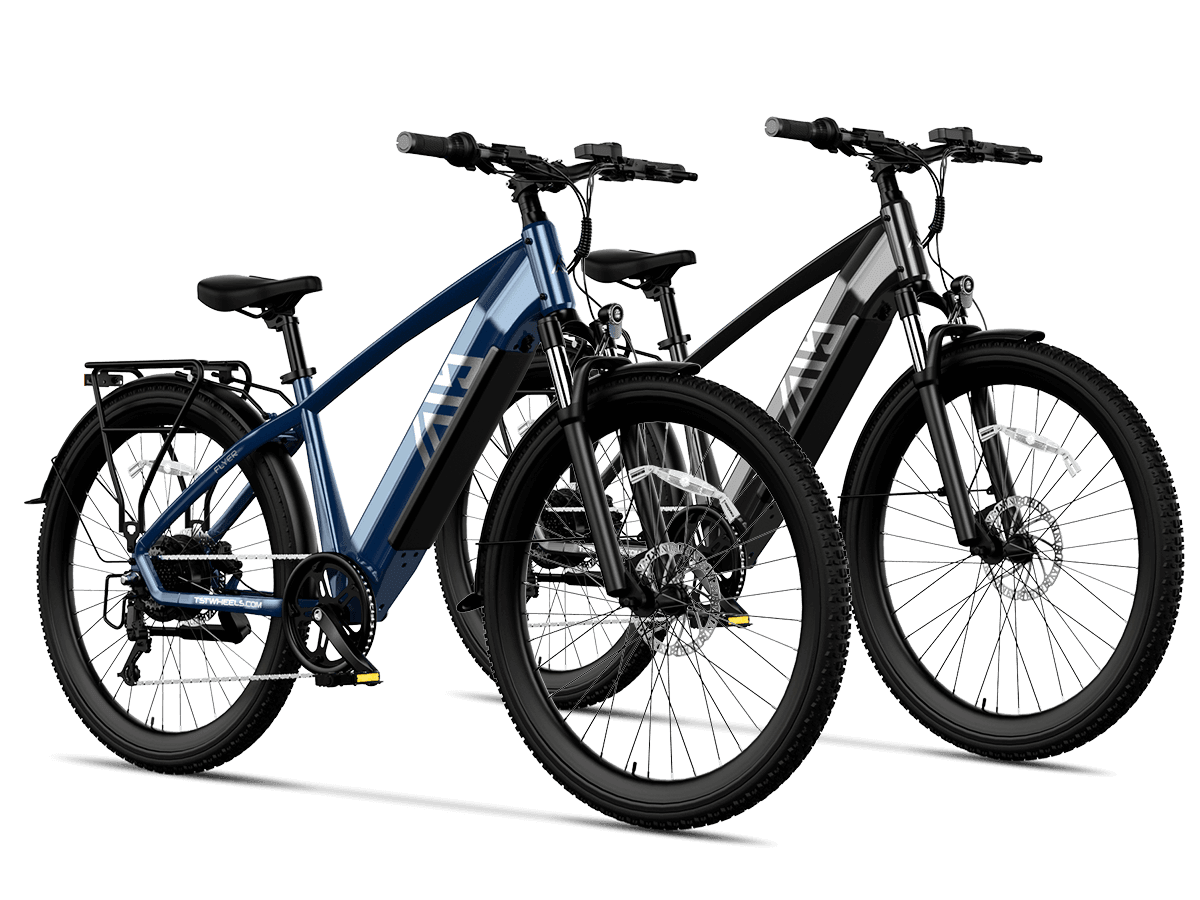
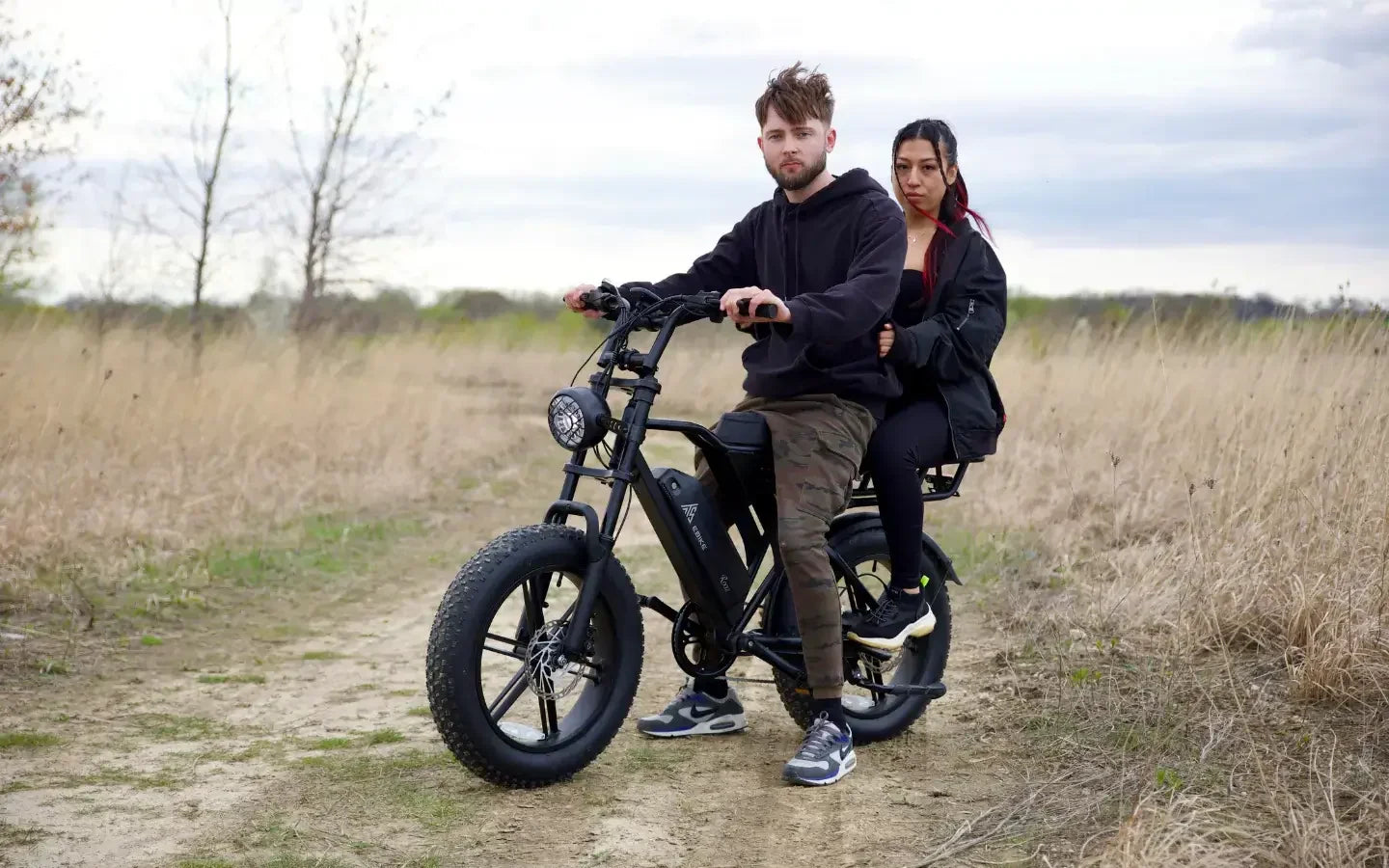
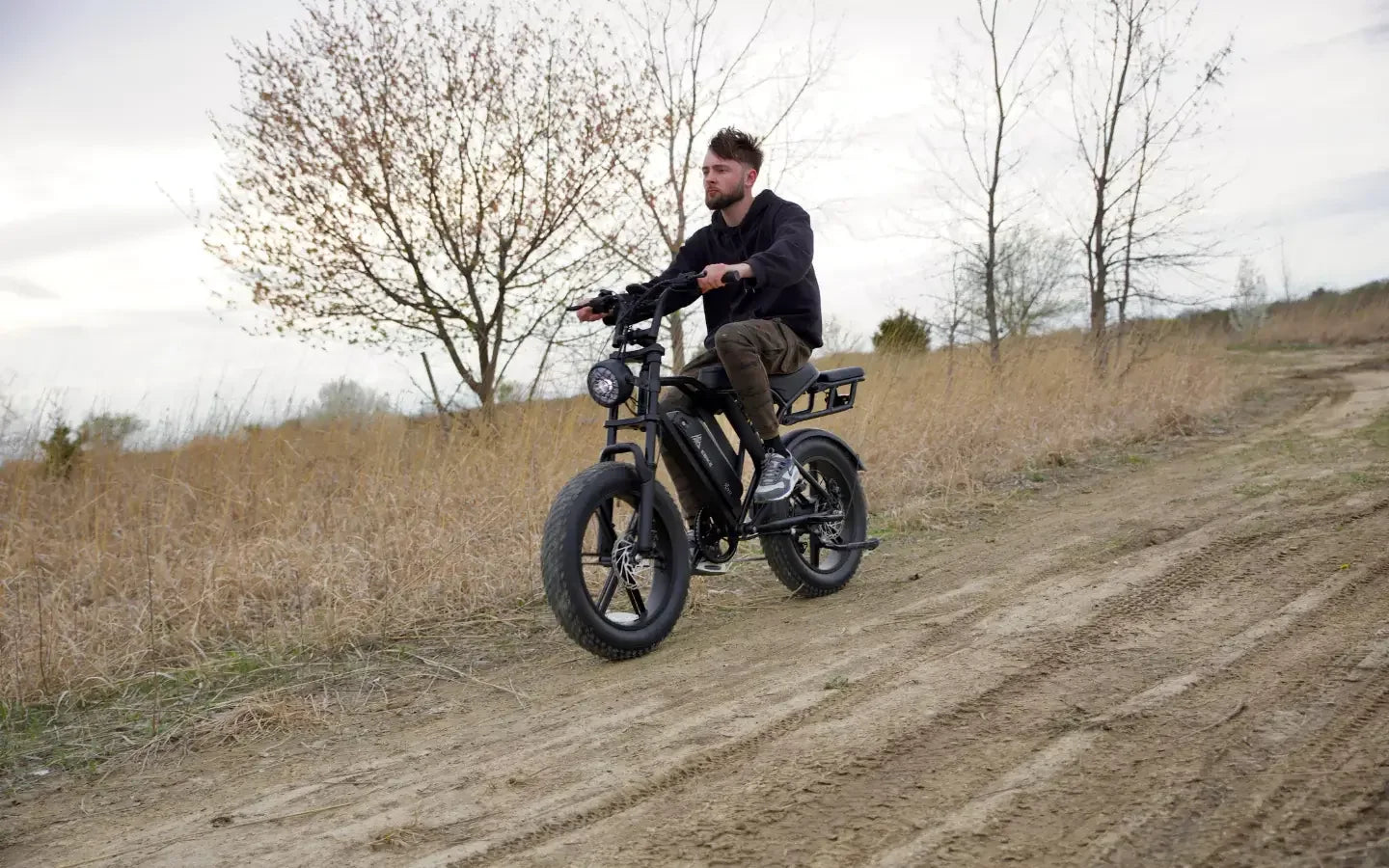
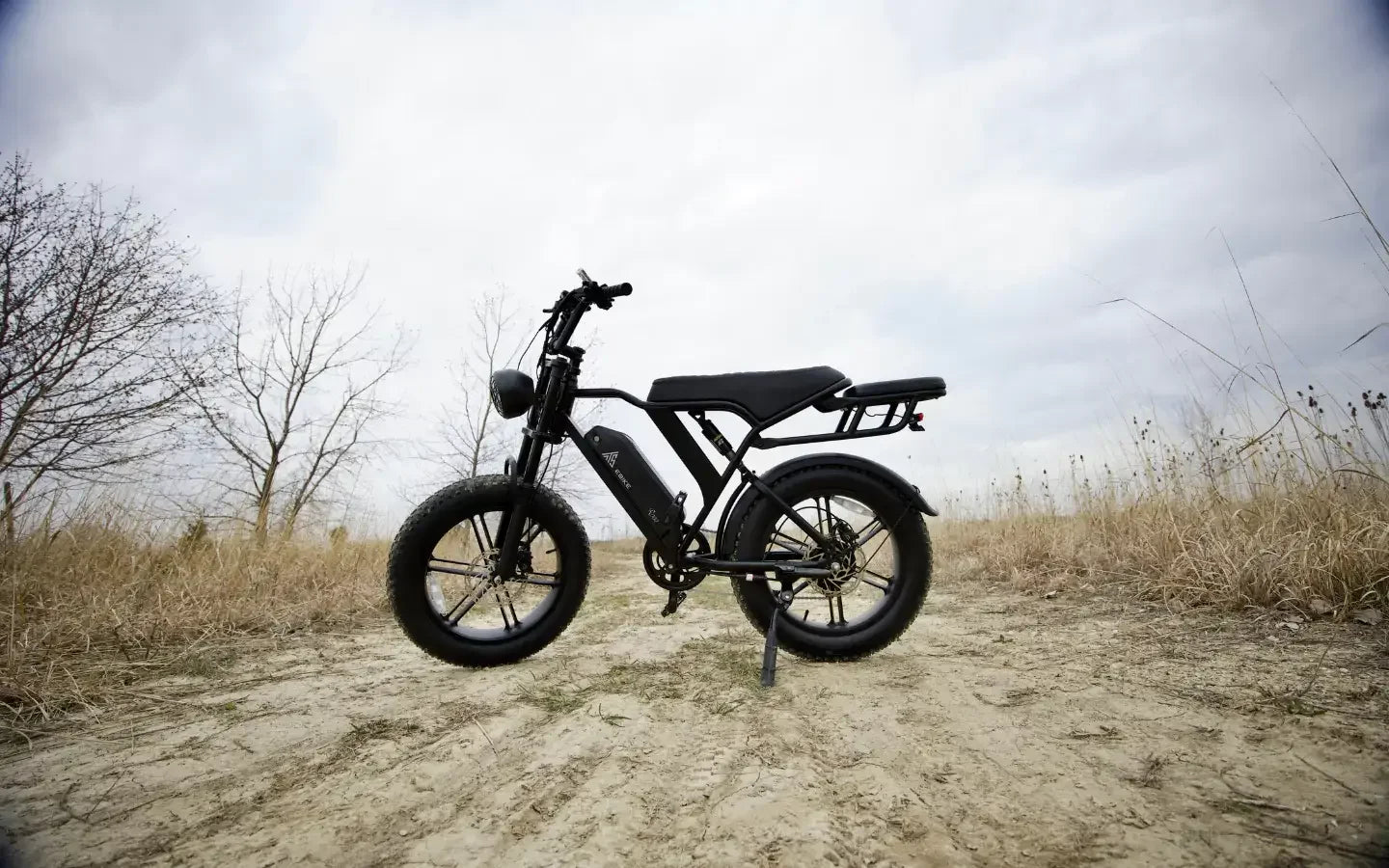
Leave a comment
This site is protected by hCaptcha and the hCaptcha Privacy Policy and Terms of Service apply.